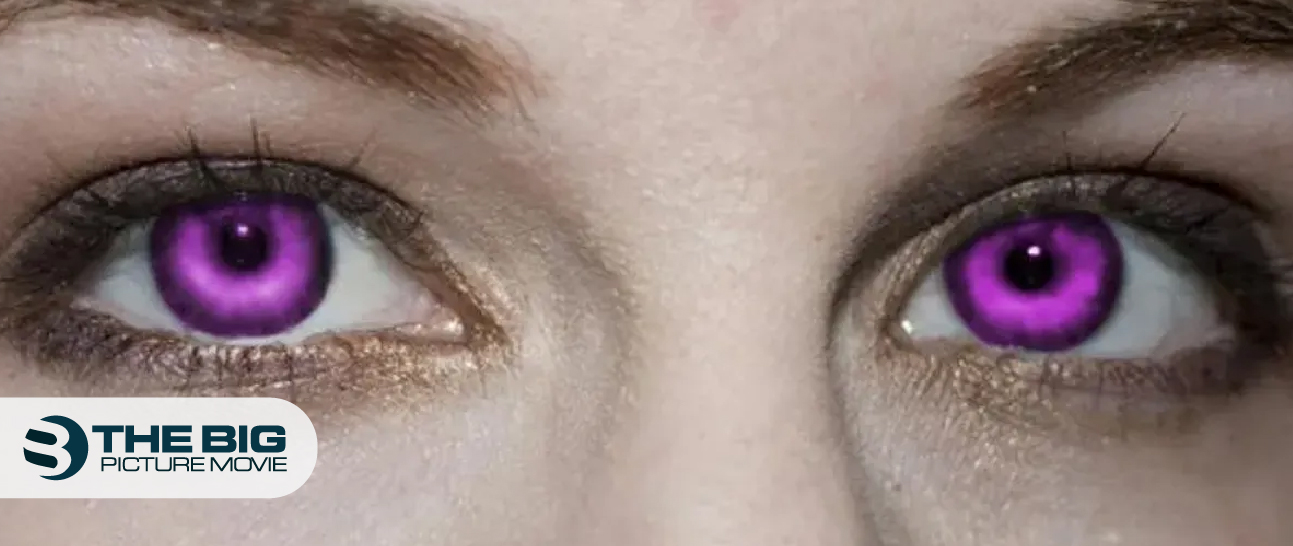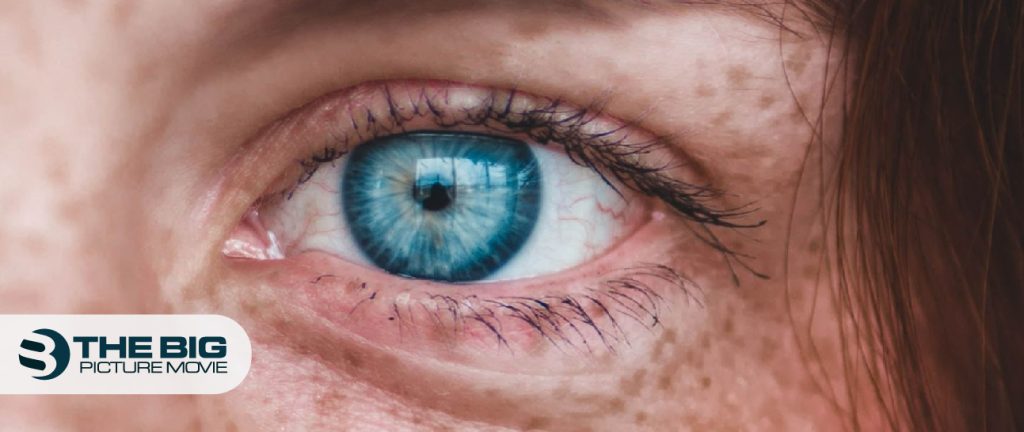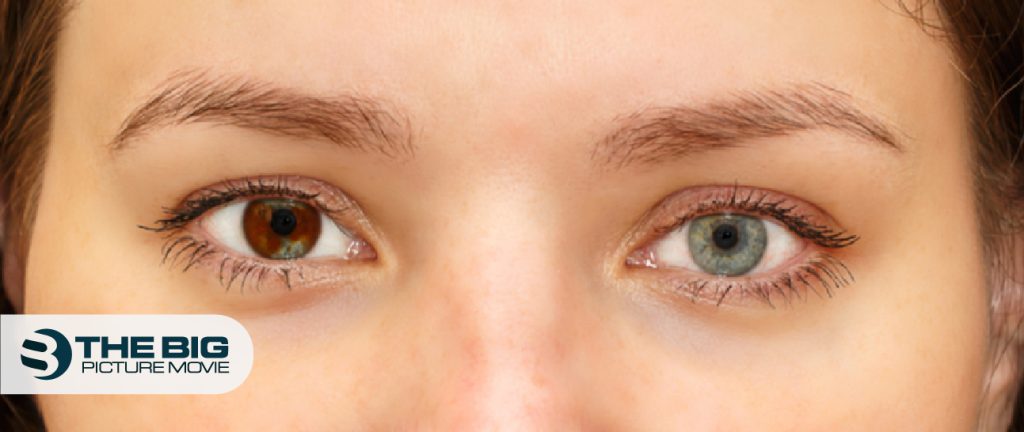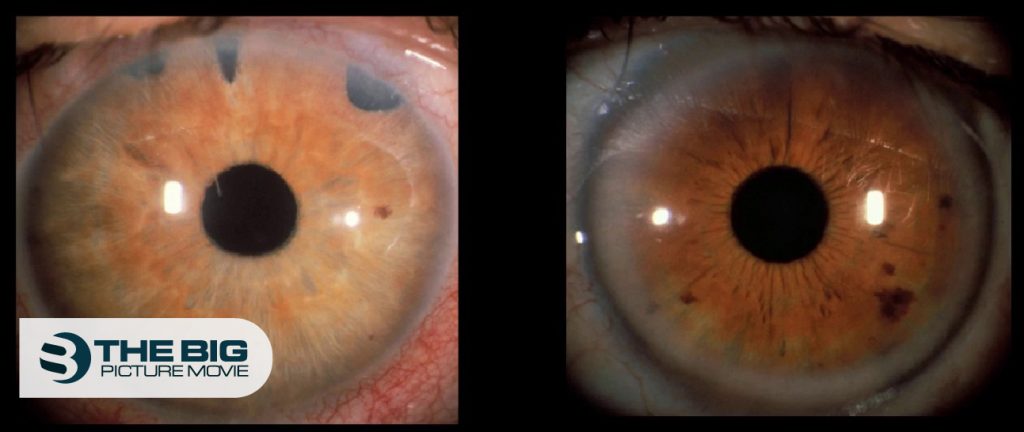
Alexandria’s Genesis – Conditions that Affect Eye Color
What is Alexandria’s Genesis? It is an internet myth about perfect human beings whose Eyes Turn Purple during infancy. According to Snopes, rumors about this so-called rare genetic mutation have been spreading throughout the internet since at least as far back as 2005.
The myth of Alexandria’s Genesis has many odd origin stories, claiming that people with this condition are born with purple eyes or have eyes that switch purple shortly after birth. They have pale skin and well-proportioned bodies that can’t gain weight.
However, Alexandria’s Genesis is not a real medical disease or condition. But there are a lot of several real-life conditions that can affect eye color.
Let’s learn more about these conditions.
What Are The Conditions That Affect Eye Color?
People have been suffering from certain medical conditions which have different colored eyes.
The medical conditions are:
- Pigmentary glaucoma
- Albinism
- Heterochromia Iridis.
- Fuch’s Heterochromia uveitis.
- Horner’s syndrome.
- Age-related changes.
- Tumor of the Iris.
- Medicines.
What Is Pigmentary Glaucoma?

Glaucoma is an eye condition caused by damage to the optic nerve due to high intraocular pressure – which is important for clear vision. It can cause vision loss if left untreated.
Approximately 3 million Americans have glaucoma, though not everyone knows it.
Moreover, one type, which is Pigmentary glaucoma, causes the pigmentation in the iris to fall away in tiny granules.
These granules are made up of the eye’s drainage channels, preventing fluid from flowing out and increasing pressure in the eye.
Hence, it leads to abnormalities in the iris via the color of the eyes, which can’t change completely. Treatment involves medication, lasers, or surgery to reduce pressure buildup, but it is tough to prevent the release of pigment.
What Is Albinism?

Melanin is a pigment produced by melanocytes responsible for skin color, hair, and eyes. If melanin production is blocked, it results in a condition called albinism.
Albinism influencing the eyes is called ocular albinism. Hence, the eyes appear red or violet. It will cause several eye problems like lazy eye, also known as strabismus, nystagmus, sensitivity to light, and decreased visual acuity – because pigment plays a vital role in producing accurate vision.
What is Heterochromia Iridis?

In the case of Heterochromia, the iris of one eye is different than the iris of another. For instance, you may have one blue eye and one brown eye. It can also be possible for small segments of the same iris to be different colors, like half of your left eye can be blue, and half can be brown.
Most cases are not associated with any other medical symptoms or causes. Rarely, it can be a sign of a congenital (present from birth) condition or the result of an injury or illness.
Fuchs’ Heterochromic Uveitis (FHU)

It is also known as Fuchs’ Heterochromic iridocyclitis –a rare condition characterized by long-term inflammation of the iris and other eye parts.
However, FHU causes a change in eye color. Usually, the iris becomes lighter, but it may sometimes darken. FHU usually affects eye color. But, according to the American Uveitis Society, 15 percent of people experience a change in both.
Other symptoms are decreased vision and the perception of floaters. It may also increase a person’s risk of developing other eye conditions, like cataracts and glaucoma.
What Is Horner’s Syndrome?
Horner’s syndrome or Horner-Bernard syndrome is a group of symptoms that affect one side of the face, including:

- Decreased pupil size.
- Hold up the opening of the pupil in dim light.
- A drooping eyelid
- Decrease sweating on one side of the face.
Therefore, the difference in pupil size between the affected and unaffected eyes will give the appearance of different eye colors.
The affected eye’s iris can also be lighter in color when the syndrome builds up in babies under 1 year old.
Hence, Horner’s syndrome is produced by the disruption in the nerve pathway that leads from the brain to one eye and side of the face. It causes:
- A spinal cord injury
- A stroke
- A tumor
While sometimes, no underlying cause can be found.
Tumors of the Iris
The colored part of the eye is known as Iris. Tumors can grow both within and behind the iris. These tumors are cysts or pigmented growths like moles, but some are malignant melanomas – a form of aggressive, life-threatening cancer.
Further, people with these tumors don’t have any symptoms. But, changes can be seen in the eye’s appearance. Thick, pigmented spots called nevi can change, grow larger, or pull the pupil in a different direction.
Consult an eye cancer specialist to rule out melanoma or start cancer treatment. It may involve radiation or surgery.
Medications
Some glaucoma medications can affect eye color. Prostaglandin analogs like latanoprost (Xalatan) work to rise fluid drainage from the eye and reduce pressure buildup.
However, they don’t have a lot of systemic side effects, but they are connected with changes in eye appearance. People may experience eye color change by using glaucoma eye drops.
Prostaglandin analogs are also advertised as eyelash enhancers, for instance, bimatoprost (Latisse).
According to Food and Drug Administration, side effects of Latisse could be a permanent darkening of the iris and a possibly reversible darkening of the eyelid.
When to See a Doctor
When you notice any sudden changes in the appearance of your eyes, you must book an appointment with an ophthalmologist or optometrist immediately. It will be a sign of an underlying medical condition.
However, if you find any sudden changes in your vision, like blurriness or black floating spots, do consult your doctor.
Conclusion
Many internet rumors seem too good to be true, but Alexandria’s Genesis isn’t real. Nevertheless, some real conditions affect eye color.
If you are interested in getting the look of someone with the mythical Alexandria’s Genesis, go with the color contact lenses option. But always check with your doctor about any changes in your vision and information about contact lens safety.



